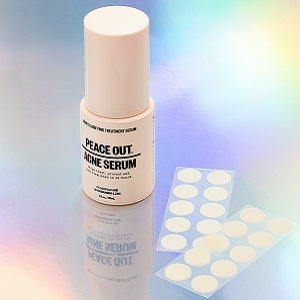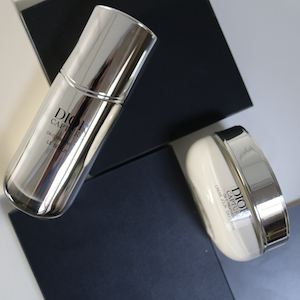Solutions &Treatments for those suffering acne
By Jo Phillips
Acne, or Acne Vulgaris to use the medical term, is a common condition that typically starts during puberty, as this is the time when the oil glands become active. The glands produce oil, called sebum, which is designed to bring dead cells to the surface of the skin via the pores. An excess of oil can cause the pores to become blocked, resulting in spots and blackheads. Acne is not a health risk, but can be unsightly and uncomfortable, and in some cases does cause scarring. The symptoms of acne can vary, and include:
- Whiteheads – pimples containing pus, which can vary in size. These are common and even people who don’t suffer from acne can sometimes get them.
- Blackheads – these are caused by a build-up of oil, which then gets trapped in the pore. They are not caused by dirt, so scrubbing will not help. Excess scrubbing can damage the skin, so it is best to avoid this.
- Papules – Small pink bumps close to the surface of the skin
- Pustules – Red bumps that contain pus
- Nobules – these are visible but are not close to the surface of the skin; nobules are painful, contain almost solid pus, and are very hard to get rid of
- Cysts – these are the largest pimples, and can be deep or close to the skin’s surface. These tend to be responsible for most of the scarring associated with acne.
Acne is an incredibly common condition – anyone who suffered with spots as a teenager was actually suffering from acne, no matter how mild. Dermatologists estimate that three quarters of people aged 11-30 will suffer from acne at some point, and while the condition usually eases by the end of puberty, some people continue to suffer into their 50s.
There are many treatments for acne, and some work better for some people than others. A healthy diet and plenty of outdoor exercise will certainly help, as will any of these remedies:
- Tea tree oil – tea tree oil is not always suitable for sensitive skin, so try it out on a test patch first. Tea tree oil is soothing, and has anti-bacterial qualities to fight infection. It also dries up excess oil.
- Steam – steam is great for problem skin; the heat opens up the pores and the steam helps to kill bacteria and clear away impurities. Fill a bowl with hot water, then cover your head with a towel and hold your head over the bowl for at least fifteen minutes.
- Microdermabrasion – this is more for the after effects of acne than the condition itself. Microdermabrasion works by exfoliating the skin with tiny crystals, helping to remove dead cells and reduce the appearance of acne scarring.
- Sulphur – sulphur has been used as an acne treatment for hundreds of years, and it’s not entirely clear why it works as well as it does. It has anti-bacterial qualities, and is effective at breaking down whiteheads.
- Benzoyl Peroxide – this chemical decreases oil production and also makes skin cells renew faster, as well as being brilliant at cleaning pores.
If you have acne, it is essential that you observe a religious skin care routine. Wash your face morning and evening; if you wash your face more than twice a day you run the risk of drying out your skin and causing even more oil to be produced. As tempting as it is, do not squeeze the pimples – it can increase the risk of scarring, and can spread the infection. Similarly, avoid running your hands over your face as this can cause more spots to occur – it is also a good idea to buy a screen cleanser for your phone, as handsets are the home of millions of bacteria. Avoid tight clothing if you have acne on your back or chest – loose, cotton clothing allows skin to breathe and wicks away sweat, leading to fewer pimples.
Good skin care is essential in tackling acne – if you feel that you are not getting anywhere with a careful regime, then talk to your doctor, as they will be able to give you more advice and recommend further treatment.





